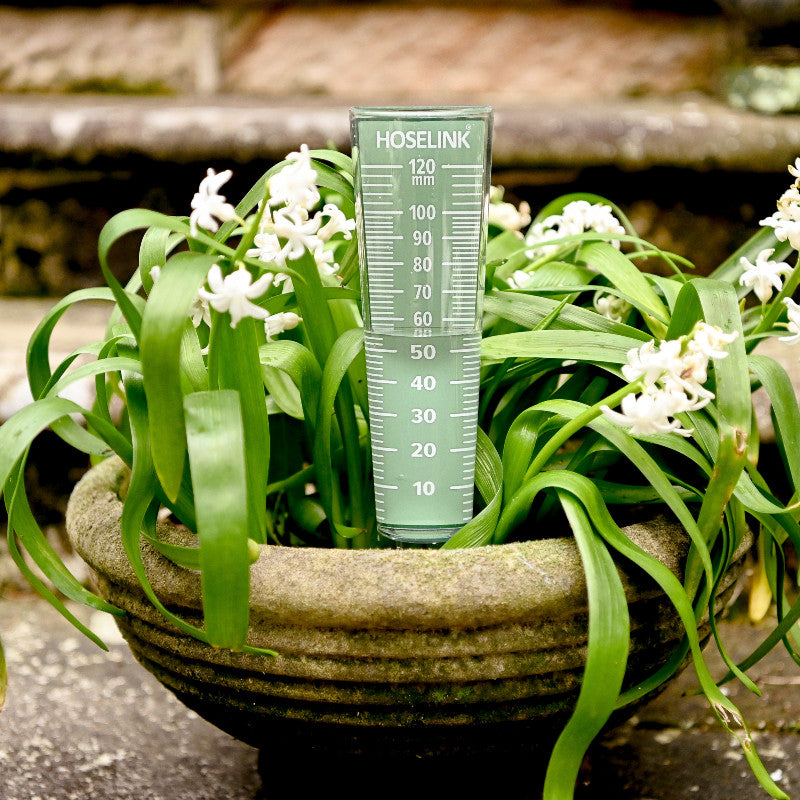How to Select the Right Rain Gauge for Reliable Precipitation Tracking
How to Select the Right Rain Gauge for Reliable Precipitation Tracking
Blog Article
Unveiling the Science Behind Rainfall Determines: Exactly How These Devices Play a Critical Function in Environment Study and Environmental Tracking
Rainfall evaluates, seemingly straightforward devices, hold a profound significance in the world of environment study and environmental tracking. These unassuming tools silently accumulate one of nature's most necessary aspects-- rains. Yet, behind their unpretentious facade lies a complicated science that is vital for recognizing the dynamics of our environment. As we peel back the layers of this scientific veil surrounding rain determines, we uncover a world where precision, data precision, and precise observation merge to introduce a deeper understanding of our altering environment and its influence on the world.
Importance of Rain Scales
Rain assesses play a crucial duty in monitoring and determining precipitation levels, giving crucial information for environment research study and evaluation. These devices are fundamental in evaluating the amount of rainfall that occurs in a particular area over a specific period. By collecting and measuring rain, rain gauges deal beneficial understandings into the circulation and strength of rainfall, aiding meteorologists, hydrologists, and climatologists in recognizing weather patterns and fads.
Furthermore, long-lasting information gathered from rainfall assesses aids in analyzing climate change impacts and patterns, contributing substantially to clinical research and decision-making processes. In significance, rain evaluates serve as necessary devices in the area of weather forecasting and ecological scientific research, playing a critical role in progressing our understanding of climate and environment characteristics.
Kinds Of Rain Gauges

Functionality and Operation
In the realm of climate research and meteorological researches, the performance of rainfall determines hinge on their complex functionality and precise functional systems. Rain gauges are made to properly determine the amount of rainfall that drops over a certain area throughout a collection period. These gadgets commonly include a funnel that accumulates rainwater and networks it into a measuring tube. The gauging tube is noted with calibrated dimensions that enable the specific metrology of rainfall.
The performance of rainfall evaluates is based upon the principle of gathering and look at this web-site measuring rainwater in a standard manner. This gathered information is vital for understanding neighborhood weather patterns, tracking long-lasting climate patterns, and analyzing environmental effects. To make certain precise dimensions, rain assesses demand to be strategically put in open areas away from blockages such as structures or trees that could hinder the collection procedure.
The functional element of rainfall determines entails regular maintenance to stop particles buildup, calibration checks to preserve dimension precision, and information taping for analysis (rain gauge). Overall, the performance and operation of rain assesses are crucial for gathering trustworthy rainfall information crucial to environment research and Continue environmental tracking
Function in Climate Research
Given the important importance of exact rainfall dimensions in recognizing weather condition patterns and ecological influences, the function of rain gauges in climate study is vital. Rainfall evaluates provide essential data for environment study by evaluating the amount of rainfall that tips over a details location throughout a provided duration. This data is important for monitoring long-lasting trends in precipitation patterns, assessing the impact of climate modification on rainfall distribution, and enhancing climate versions.

Climate scientists utilize information gathered from rainfall evaluates to examine variations in rainfall levels, recognize regional environment fads, and examine the effectiveness of water source management methods. By contrasting historical rainfall information with current dimensions, researchers can detect shifts in rainfall patterns, such as changes in the frequency or strength of rainfall events. This info is vital for comprehending just how climate modification is influencing precipitation dynamics and can aid policymakers make notified you could try this out decisions pertaining to adaptation and reduction approaches.
Applications in Environmental Tracking

In flood forecasting, rainfall gauge data aids to track rainfall strength and circulation, enabling authorities to release timely warnings and take essential measures to minimize flood dangers (rain gauge). Drought monitoring depends on rain gauge information to evaluate dampness degrees in the dirt and track rainfall deficiencies, aiding in the identification of drought-prone locations and the application of drought feedback approaches
In addition, rainfall gauge data plays a crucial duty in water source management by giving info on water availability and use fads. This information is used to make enlightened decisions regarding water allowance, conservation actions, and sustainable water resource planning. In addition, in farming, rain scale data aids farmers in optimizing watering timetables, crop option, and overall farm monitoring methods based upon local rainfall patterns. Overall, rain determines are indispensable tools in environmental surveillance, providing beneficial insights that contribute to educated decision-making and sustainable resource administration.
Final Thought
Finally, rainfall evaluates are crucial devices for gauging rainfall, supplying useful information for climate research and environmental monitoring. With various kinds and functionalities, rain determines play a vital function in comprehending precipitation patterns and their effect on the setting. By properly measuring rainfall, these tools add to the advancement of clinical understanding and help in making educated decisions relevant to water source management and disaster readiness.
Rainfall assesses play a crucial function in tracking and measuring rainfall levels, giving crucial information for climate study and evaluation. The conventional rain scale, known as the "tipping bucket" gauge, is one of the most typically used devices. Ultrasonic rainfall evaluates usage noise waves to spot the visibility of rainfall, offering real-time information on precipitation degrees.Climate scientists use data accumulated from rain determines to evaluate variants in precipitation degrees, determine regional environment fads, and evaluate the performance of water resource monitoring methods.In conclusion, rainfall gauges are crucial devices for determining rainfall, providing useful information for climate research study and ecological monitoring.
Report this page